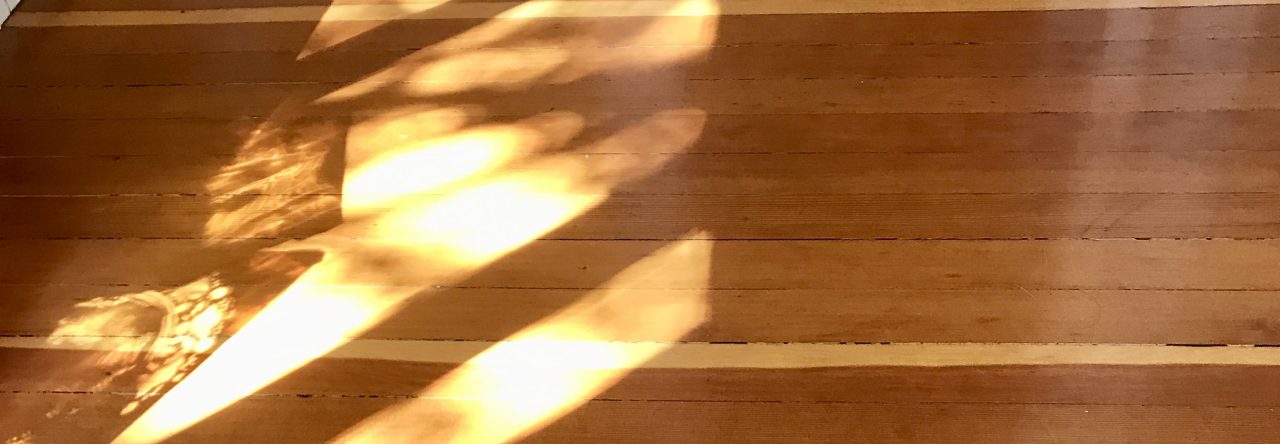I remain intrigued by the role of current events in the social studies curriculum. As it stands now, I think I’d like to try the following:
- Use the first week to get kids to find and pitch current events/themes that we could cover during the course:
- I would give them the 7 curricular competencies and 8 content requirements and tell them they need to incorporate at least 1 of each in each current event/theme
- I would tell them that as a class, we would have to cover all 7 curricular competencies and 8 content requirements
- Ensure that they have identified key big questions (ones without one answer) as a part of their theme (or we could do this as a class too)
- Then, map the themes in a way that made sense to me and start prepping information that could assist us for the first ones, with the idea that as we get further and further into the year, I would start to move from more structured inquiry of the topics to more free inquiry
- Use these dimensions as a guide to drive essential questioning:
- Who? What? Where? When? Why? Why does it matter? What could happen next? What can we do about it?
- Social, Economic, Environmental, Cultural, Technological, Legal, Political, Ethical?
- Set aside 10 minutes a day to community time/headlines discussion.
- Keep timelines, wall maps, curricular competency buckets maps, concept maps, content themes; build these together on the walls of the classroom as we work through the topics
As I continue to develop my approach, here are some key resources I plan to keep track of:
https://www.cnn.com/cnn10
https://upfront.scholastic.com
